The new Forester has realized ideal proportions that provide ample interior space and offer improved utility without a significant increase in body size.
Compared to its predecessor, the new Forester is higher than 110 mm (with the exception of roof rail) and 45 mm wider and its wheelbase has been extended by 90 mm, increasing interior space and comfort of conduct. On the other hand, the total distance between the ends of right and left side mirrors has been shortened from 10 mm through mirror position and design changes. Furthermore, the smallest turning radius of 0.1 meters shorter handling of Zippy.
Off-road capability is further enhanced by optimizing the angles of approach and departure, coupled with a ground clearance 225 mm generous.
Compared to its predecessor, the new Forester is higher than 110 mm (with the exception of roof rail) and 45 mm wider and its wheelbase has been extended by 90 mm, increasing interior space and comfort of conduct. On the other hand, the total distance between the ends of right and left side mirrors has been shortened from 10 mm through mirror position and design changes. Furthermore, the smallest turning radius of 0.1 meters shorter handling of Zippy.
Off-road capability is further enhanced by optimizing the angles of approach and departure, coupled with a ground clearance 225 mm generous.
Larger door openings, which are activated by the construction of new guillotine, to allow penetration and improved drainage and the rear doors open 75 degrees to allow for better rear seat access.
Increasing the rigidity of the body, less noise reaches the interior of the car. All door openings sealed with two layers of brush seal body arranged along the lining of the doors for a tight seal pressure-tight doors and ensure a quieter ride.
Retractable rear tray with cup holder is installed between the rear seats, going for the comfort of rear passengers. (Available 2.0XS and 2.0XT)
Rationalization, however, sculpted styling evokes images of powerful well-defined muscles carved in stone.
Acute character lines on the sides of headlights tail lights, combined with boxed front fenders and projected rear quarter panels, however, a clearer profile of the SUV.
The redesigned center of the grill is metallic gray in color, with an elegant contrast with chrome outline.
The headlights are chrome on the inside to project the light outward as well. Rear lights are assembled and designed to highlight a bright, clear appearance in the style of the back.
Alloy wheels with 17 inch spoked clearly carved emphasize the vehicle's commanding presence and high quality. Alloy wheels 16 inches also have sharp lines of spokes, expressing high quality and elegance.
Inside
Inlays with a brushed aluminum look flow from the central panel of the dashboard to the door trim, adding space and light, airy interior and stressing sportiness in the cabin. Design rich and refined interior is accentuated by the central panel, which combines wood and metal, and the door trim, embellished with metallic trim panels, switches for doors and windows.
The vehicle information display, which constantly shows outside temperature, average mileage and time, and a digital clock display on the navigation screen audio, are located closer to the top of the dashboard for improved visibility and functionality.
The front seat cushions employ flexible urethane material that effectively absorbs vibrations during training. In addition, the springs attached file support newly developed driver's hips and spine to maintain the optimum driving position.
An expanded ground clearance further improves the off-road capabilities of the vehicle. The increase in clearance does not alter the low center of gravity achieved by mounting the engine low in the car, and thus ensure excellent vehicle stability.
4-speed models with Sport Shift gear selection. By optimizing the final speed and torque converter characteristics, as well as reducing friction between the assembly parts, driving performance and fuel economy is improved. Control system on N models automatically switches the transmission back to neutral from driving positions after the brake is broken for some time. Shift operation has also been enhanced by the redesigned shift lever positions and the use of roller bearings.
Gear ratios on MT models, the second at a speed of five and the final drive ratio of speed, have been modified to improve driving performance and fuel economy. Reducing friction inside the transport also contributes to operating costs for a better pass on MT models.
Active Torque Splitter AWD system is mounted in the models. MT models come with the center differential AWD with viscous LSD (limited slip differential). Both AWD systems distribute power to the wheels with optimum traction and subscription, providing stability to any vehicle.
Vehicle Dynamics Control (VDC) is standard on all models. Powered by data collected from sensors that monitor vehicle and road conditions, the VDC coordinates the ', change the engine and brakes in order to recover the vehicle's position should unstable movements occur on a slippery road.
Fuel economy is improved with the redesigned DOHC cylinder head, and optimizing the compression ratio and reduce the volume of the combustion chamber.
Torque at low and mid-range has been improved, while better fuel economy and low emissions are achieved, primarily through design changes to the engine that generates a stronger flow of the machine and the gas to increase efficiency gas inlet.
A design change in the cooling water channel around the spark plug further prevents engine knocking and also helps to improve torque output of low-end and midrange.
By optimizing the diameter and length of the intake manifold, and the adoption of the same length / constant pulsation exhaust system independent engine intake and exhaust performance has been increased.
Two catalytic converters have been placed in tandem. The provision allows the converters to quickly heat up, which facilitates catalytic activation during engine startup and improves the efficiency of emission reduction.
Twin mufflers expand the muffler capacity, when the noise levels down even lower and reducing exhaust back pressure.
A newly developed DOHC cylinder head is used for this engine. Intake and combustion chamber have been renovated to reduce the residual gases, which increases combustion efficiency.
Using a resin-based intake manifold, exhaust manifold interior walls are smooth and less resistant to the intake flow. The weight is also reduced by 30% compared to the previous complex.
A design change in the cooling water channel around the spark plug further prevents engine knocking and also helps to improve torque output of low-end and midrange.
The nozzle has been redesigned to atomize fuel and finally dispersed in the combustion chamber for better combustion. This also helps to reduce noxious emissions.
Also adopted a secondary air system that forces air into the exhaust port to burn any gasoline remaining in it. The system helps eliminate harmful substances when the powertrain is still cool, and it promotes early activation of catalytic converters.
Two mufflers expand the capacity muffler, so the noise levels even lower and reducing exhaust pressure.
Powered by regular gasoline, the 2.0-L naturally aspirated Boxer features better combustion efficiency and environmental performance and fuel economy, thanks to a redesigned DOHC cylinder head and the use of active control system of valves (AVCS)
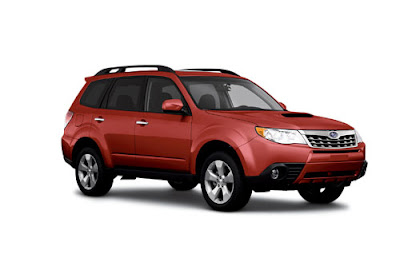
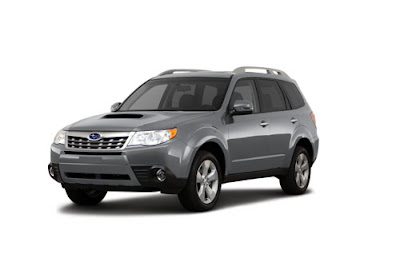
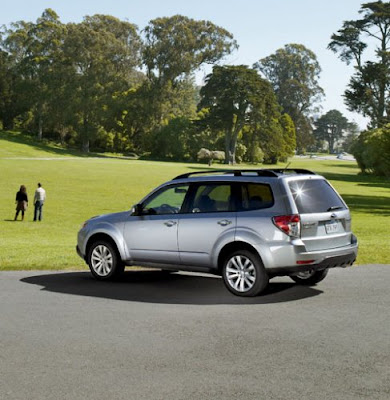
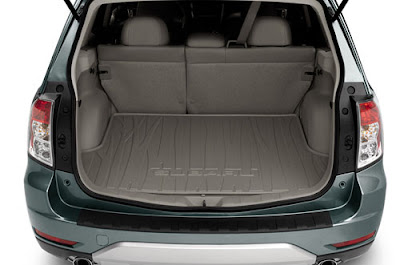
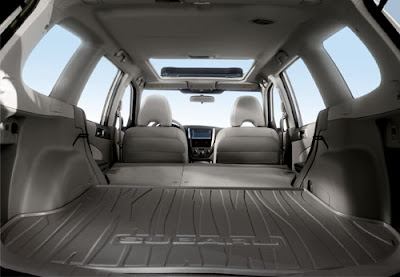
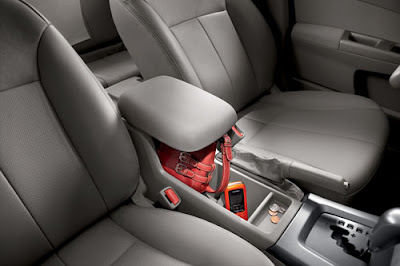
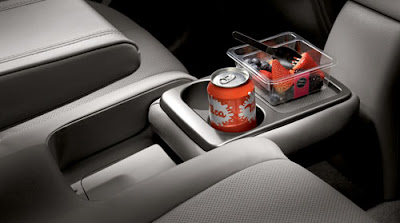
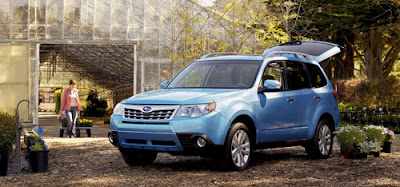
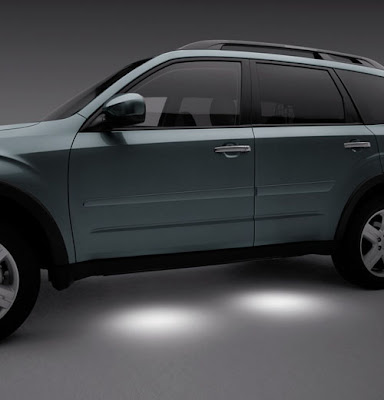
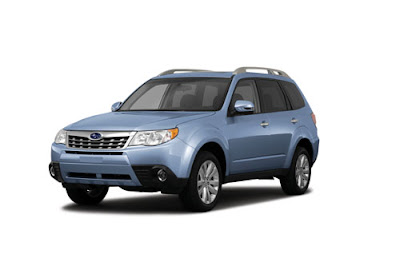








No comments:
Post a Comment